When children are 4 or 5 years of age it becomes a bit more difficult to get them to continue behaving as parents and educators consider appropriate. At this age, many children begin to display certain attitudes, such as tantrums or unjustified anger that, if tolerated, will be repeated in the future. When children do not want to end the game because they are having a lot of fun or do not want to leave a place such as the park or a friend’s house, the adult must not surrender to the child’s will.
Positive reinforcement consists of appreciating children’s proper behaviour. So if the child does not want to end the game, it can be agreed that he/he may come back to it another day if he/she complies with the agreement. It is important to provide the child with a clear, simple benefit, that he/she can rationalise fast to fulfil his/her responsibility. Reinforcements are those that the child understands as a benefit. Parents and educators can modify the child’s behaviour in a way that benefits everyone.
In the positive reinforcement mechanism “reinforcements” play a key role. A reinforcement can be positive or negative, so it can be also used negatively. For instance, instead of obtaining something for fulfilling a task or a duty, he/she will be freed from something he/she does not want to do. An example of negative reinforcement is telling the child that if he/she lets his/her cousins play with his/her toys, we will help him/her pick up the toys when they leave. It is important to consider that for positive reinforcement to work the promised benefit must be given or met in the moment.
There are several types of positive reinforcement: social reinforcements (a hug, a kiss, a praise… after a good action) material reinforcements (a toy, going to the movies… after an effort), food reinforcements (having dessert, eating candy… after eating the plate of vegetables), positive feedback (congratulate, show appreciation to him/her… for reaching an agreement after an argument) and activity reinforcements (playing in the park with the play bar, riding on a bicycle… after helping with the house chores). When you decide to implement the positive reinforcement, it is important to take into account when and where to use it. Do not abuse positive reinforcement. The child must not always expect a reward for every good thing he/she does. The reinforcement is to encourage good behaviours, not to relieve stress.
It must be also taken into account that positive reinforcement will not work always and in all cases. A food reinforcement cannot be used if the child is not hungry, and an activity reinforcement cannot be used if he/she does not want to play. If the child cries without justification, you must be firm and not use a reinforcement. The child must learn that he/she will be comforted when he/she is hurt, has fallen or when something is bothering him/her. In that case he/she will be cared for, because it is necessary.
Children learn day by day and need their parents and educators by their side to guide their steps and form their character in as balanced a way as possible, so we must take into account that sometimes the best reward is something as simple as a smile or a kiss.
Susana Jiménez
Childhood Educator


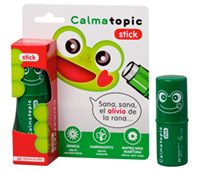

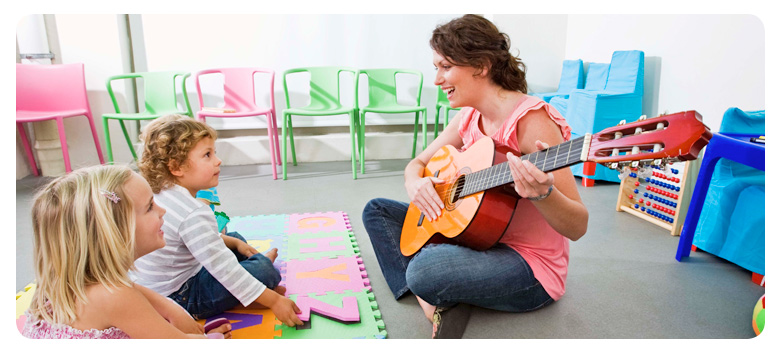
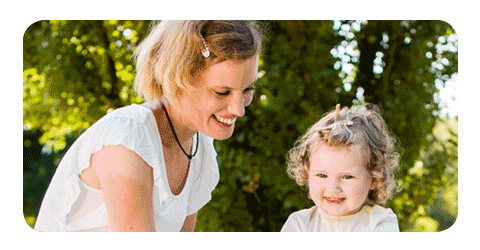
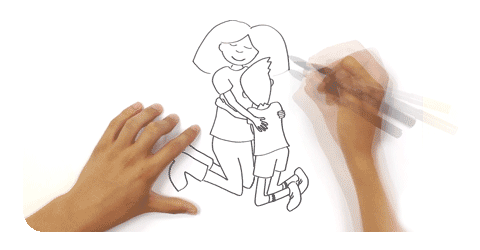
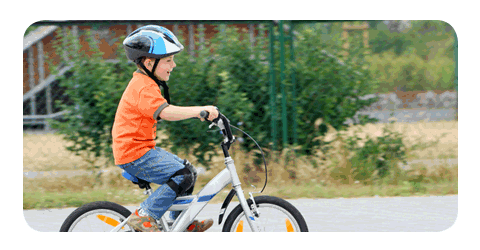
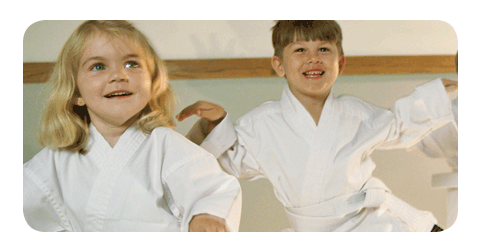





Comments
No Comments